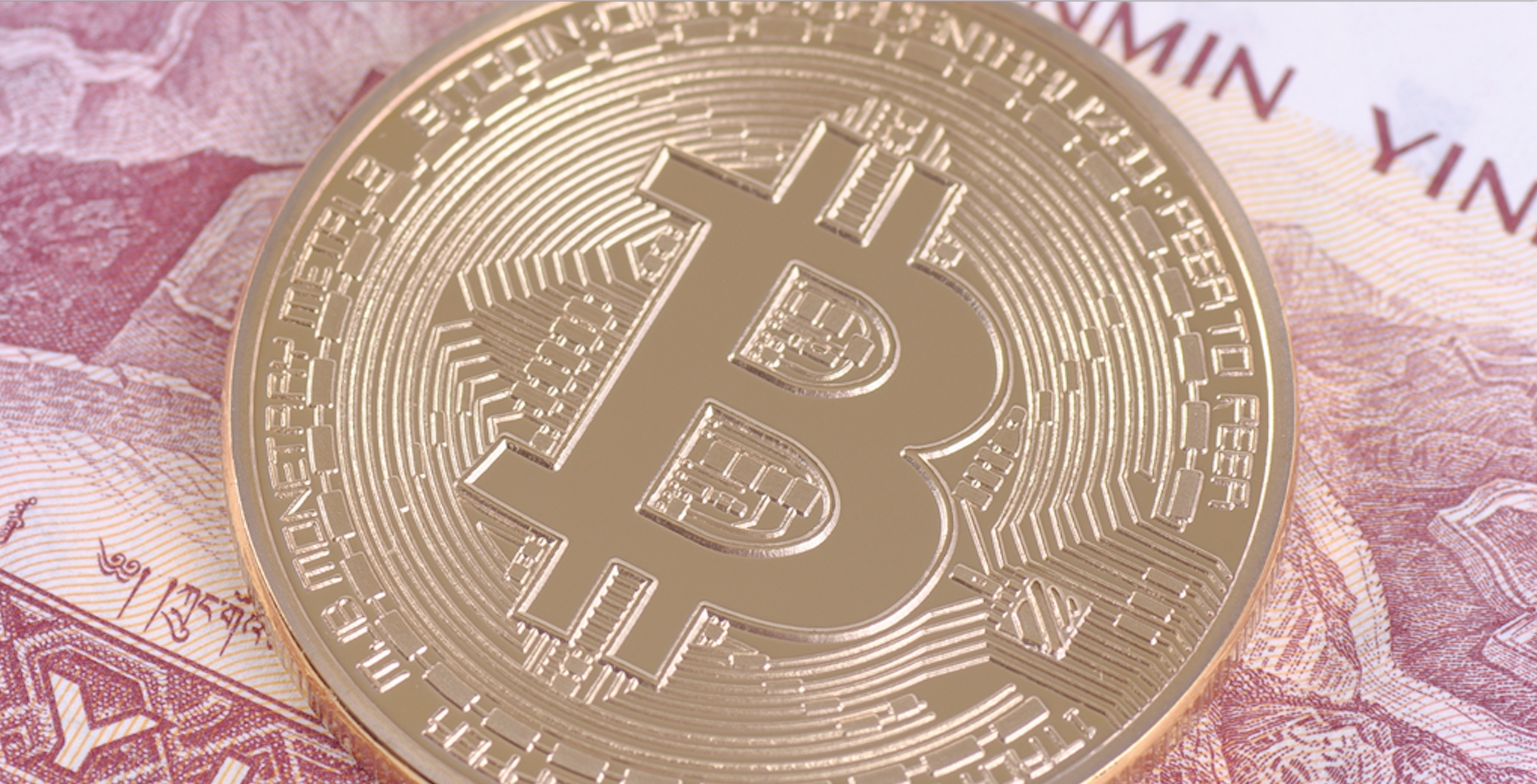On August 24, 2017, the Segregated Witness (
SegWit ) protocol
was activated on the
Bitcoin network. The path to this was not easy, one might even say thorny. But in the end everything was decided, the activation took place at block 481824, found by the BTCC pool.

According to supporters of this decision (and there are, of course, opponents), the protocol eliminated a number of problems that hindered the development of the cue ball. In particular, after activation, it became possible to optimize the network infrastructure, as well as scale it. The main thing is, of course, to modify the way data is stored in blocks. Due to this, network bandwidth increases (many market participants complained about the decline in this indicator).
Also, one of the consequences of introducing a new protocol was the reduction in the cost of the transaction while reducing the waiting time for confirmation of such a transaction. Indeed, only a couple of weeks after the above-mentioned event, the commission began to decline rapidly.
Now more and more transactions in the Bitcoin network are taking place using the SegWit protocol. At the moment, according to the analytical service
OXT , it is about 10%. Not so much, so you should not expect a significant reduction in network commission for conducting a transaction. However, some users already feel this decline.

According to blockchain and bitcoin expert Andreas Antonopolus, those users who receive or send bitcoins using SegWit pay less than $ 0.3 per transaction. In order to become a participant in this auction of unprecedented generosity, you need to use a wallet with protocol support. Such wallets are, for example, Ledger and Trezor. They have already completed an iteration of SegWit deployment.
For purse developers, the introduction of SegWit is a blessing, since more users are attracted to them, attracted by the opportunity to save, this time. Secondly, SegWit provides
a higher level of transaction security on the network. Accordingly, users are less likely to become a victim of a fraudster or scammers. The latter attracts both regular users and wallet developers. After all, more security means more satisfied users.
Some experts believe that SegWit is a solid virtue, which is a kind of "Swiss knife", useful in many situations. In addition to the advantages already listed, SegWit allows you to enhance two-level solutions like Lightning Network, which further opens the way to optimizing the entire infrastructure.
As for the commission, according to Jameson Lopp, the representative of BitGo, it should be reduced from $ 10 to $ 0.01. This will be facilitated by the introduction of
Lightning Network applications of various kinds. However, not everyone considers this solution optimal. In
an interview with The Economist , Bitmain’s CEO said that integrating Lightning technology could lead to network centralization. And this, in turn, will lead to the fact that some payment channels will be able to control or at least track transactions.
Whether this is true or not is unclear, as experts continue to argue. But the fact that the commission on transactions in the network of the cue ball will decrease as the position of SegWit strengthens, almost no one doubts.
A spoon of tar
Or maybe not a spoon, but more. The fact is that the Chinese government has decided to ban cryptocurrency exchanges. The reason is that many Chinese began to consider the cue ball as a “safe haven”. The exchange rate of the national currency, the yuan, is falling, but Bitcoin, on the contrary, is growing. Moreover, this growth is largely due to an increase in interest from ordinary citizens and companies from Asia (we
have already written about this).
The authorities of China, seeing the expansion of the cryptocurrency market and assessing the potential growth of the market in the future, decided to ban the stock exchange. Prior to this, China has banned the holding of ICO. This affected the Bitcoin course immediately, which can be seen in the chart below.

True, the major exchanges said that so far they have not received any claims from regulators.

Most likely, if the Chinese authorities continue to pursue a policy of bans on cryptocurrency, then the course of different types of coins will gradually decline. The positive side is that its volatility is no longer as strong as before, the cryptocurrency is more resistant to external events. After the representatives of the exchanges announced that there was no official ban, the rate rose by about $ 200.

So far, it’s too early to make long-term forecasts, so we’ll wait a bit, and then, as they say, we’ll see.